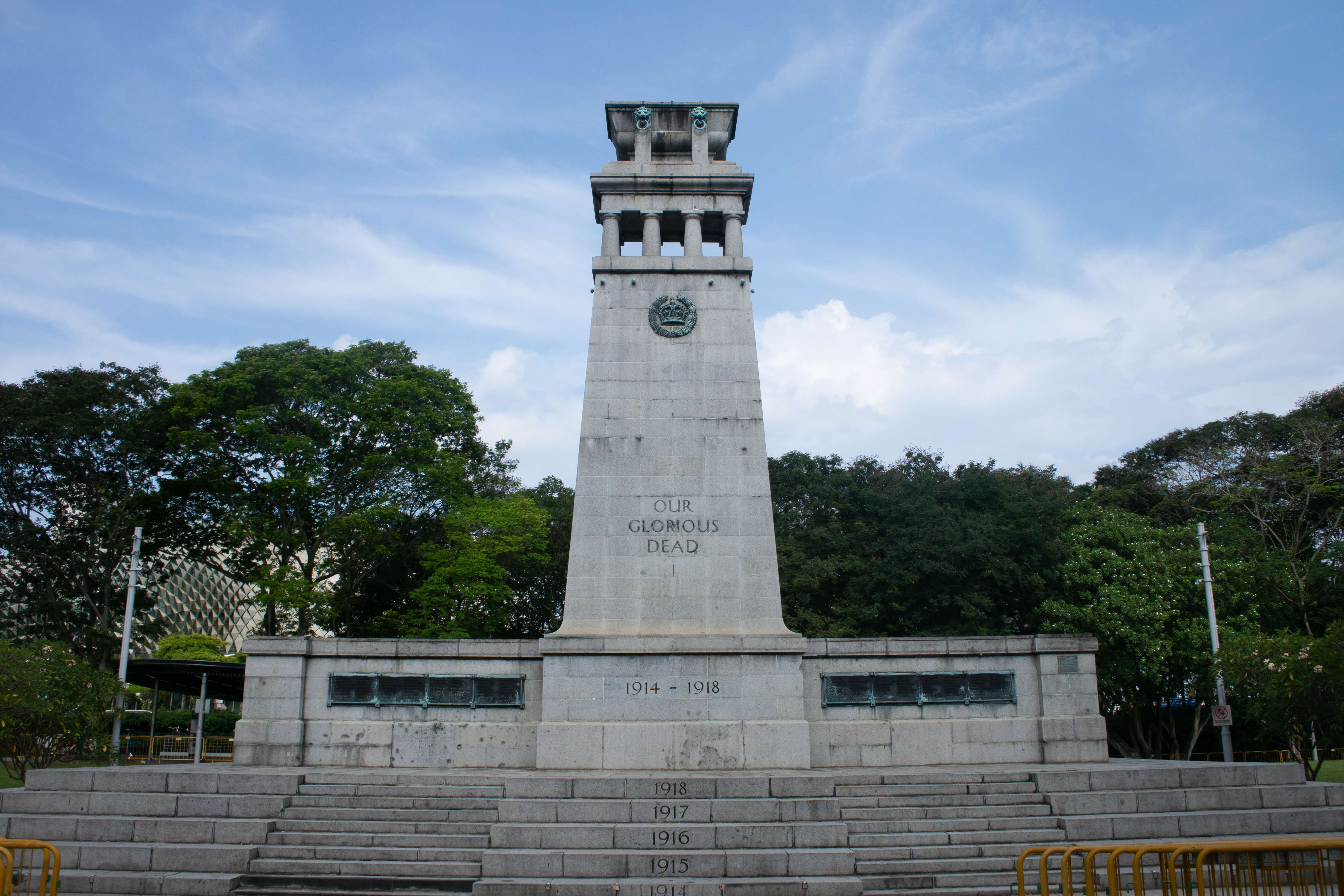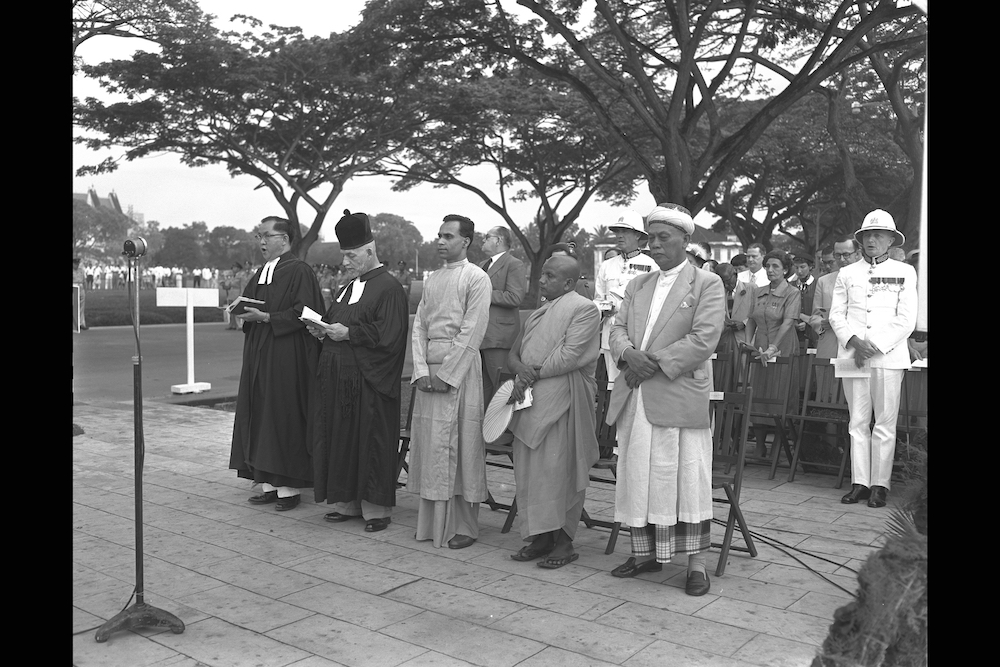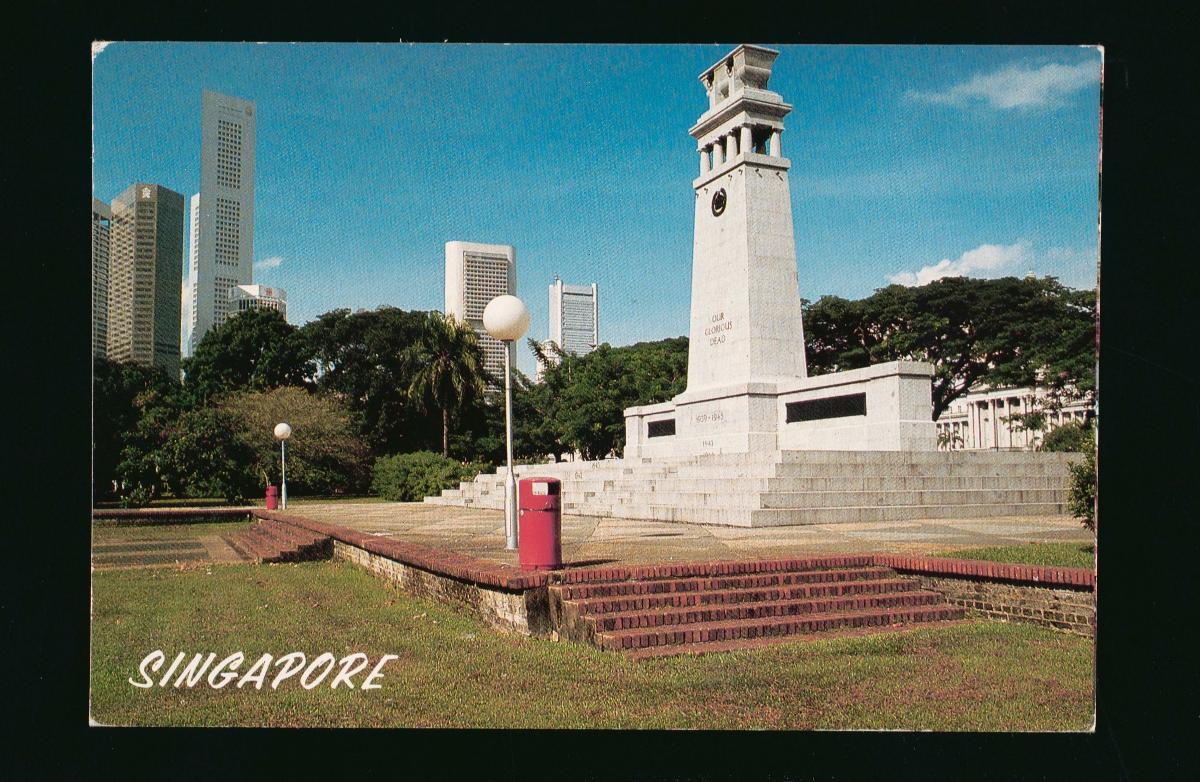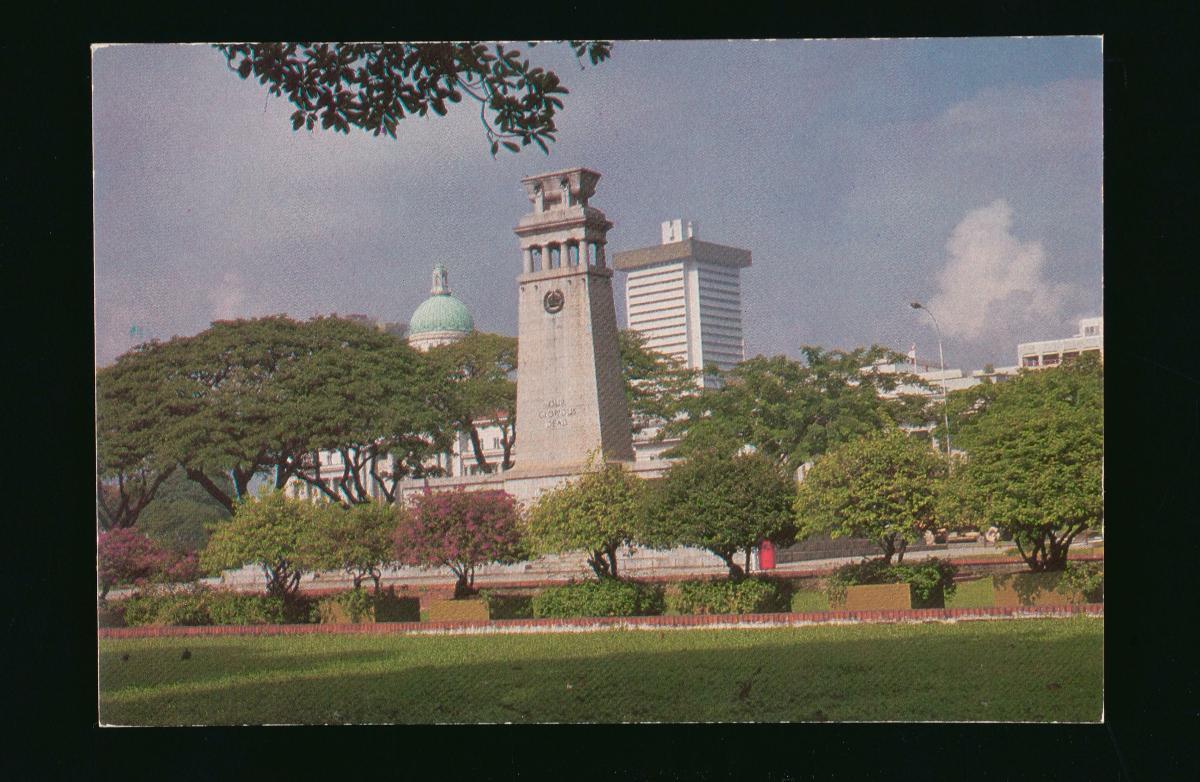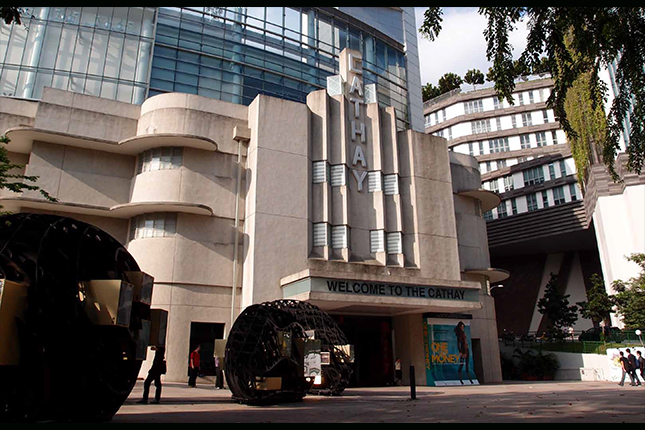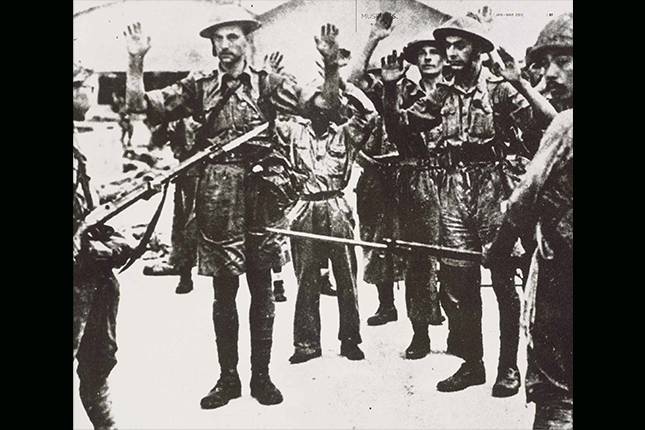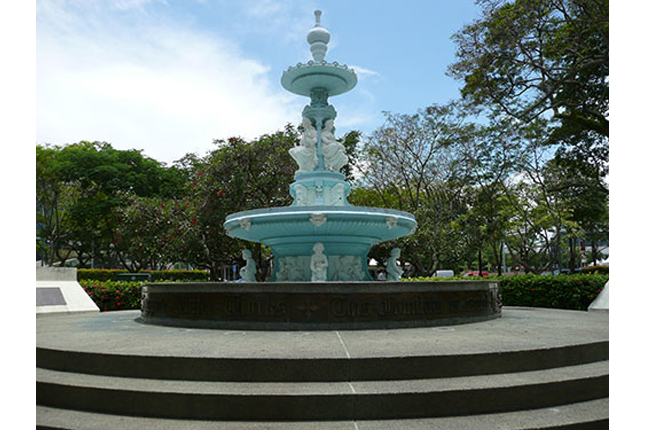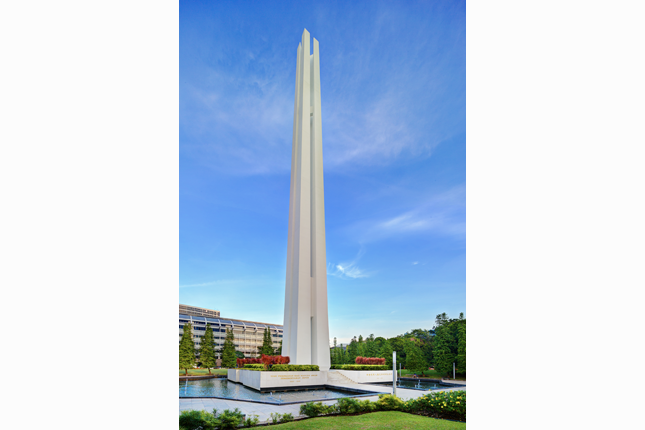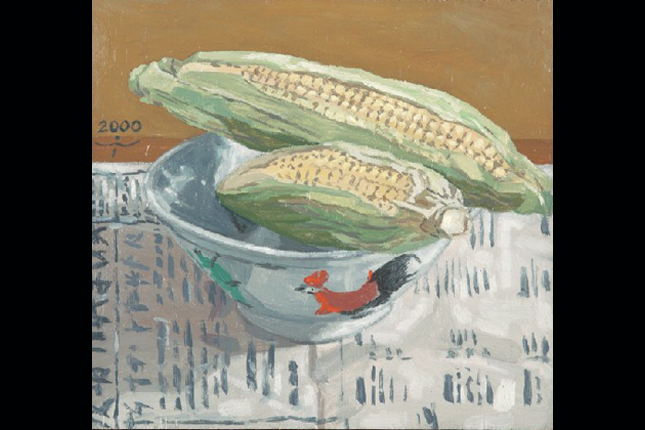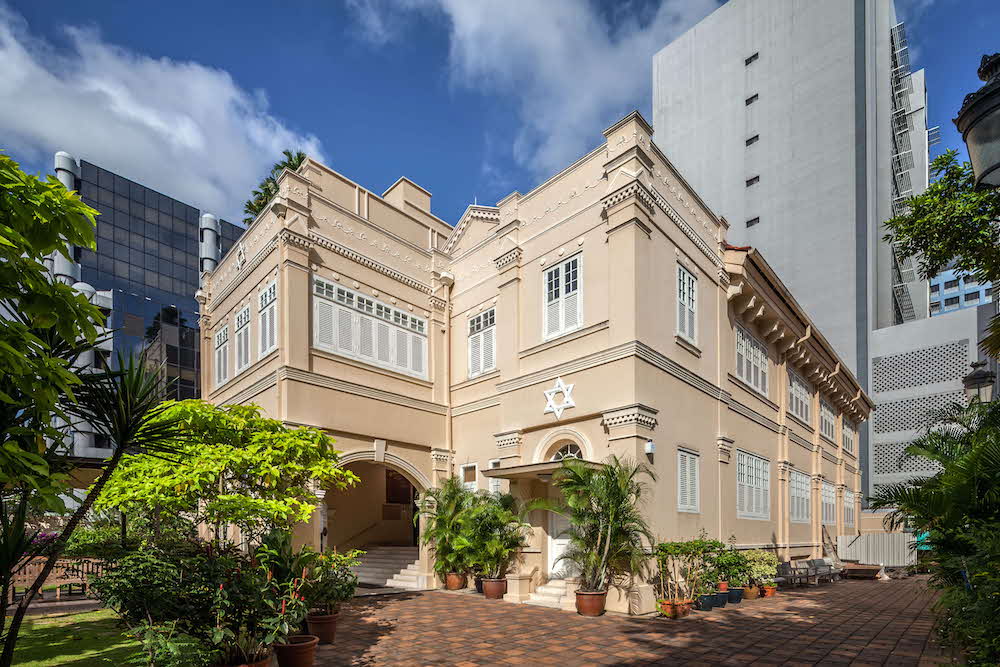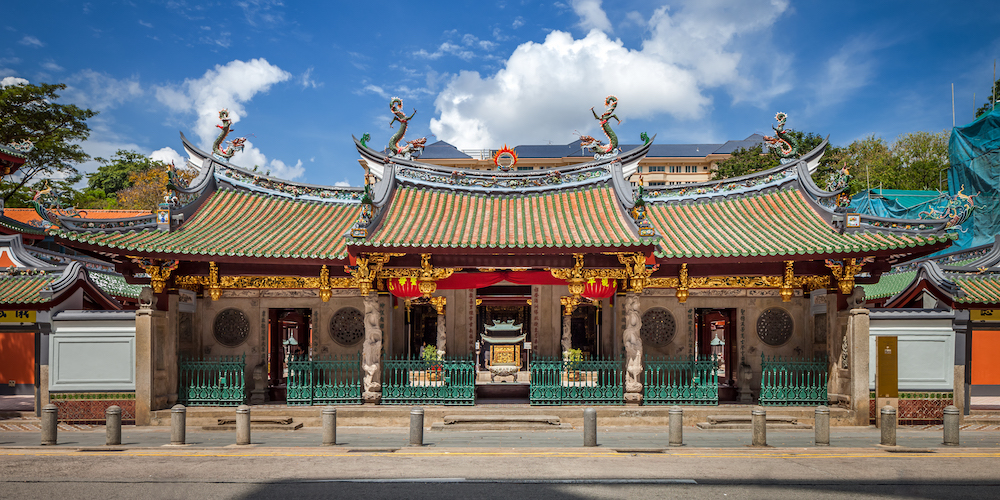A cenotaph, derived from Greek meaning "empty tomb", is a memorial structure typically dedicated to individuals or groups whose remains lie elsewhere. The most renowned example is the Whitehall Cenotaph in London, designed by Sir Edwin Lutyens to commemorate the British Empire First World War casualties.[1]
Initially constructed as a temporary structure, Lutyens' Cenotaph garnered such widespread public acclaim that authorities commissioned a permanent version, completed in 1920. Its distinctive design became a template for similar memorials throughout the United Kingdom and Commonwealth, creating an architectural network that symbolically united British colonial communities with the imperial centre.[2] Cenotaphs were constructed in Kuala Lumpur (1921), Hong Kong (1923), Calcutta (1924), and George Town (1929).
The Straits Government began planning a war memorial for Straits Settlements casualties in 1918, though it was only in 1920 that they officially announced plans to construct "a replica of the Cenotaph in Whitehall".[3] Denis Santry of Swan & Maclaren architectural firm won the commission, with the memorial to be situated in Esplanade Park between the Padang and the seafront.
While Santry's design maintained Lutyens' neo-Classical elements, he introduced significant modifications. The Singapore Cenotaph stands approximately 60 feet tall, considerably higher than its 35-foot Whitehall counterpart. Perhaps most notably, Santry incorporated a full granite sarcophagus atop the memorial, departing from Lutyens' more abstract geometric representation.
Sir Laurence Guillemard, Governor of the Straits Settlements, laid the foundation stone on 15 November 1920.[3] The completed monument was unveiled by the Prince of Wales (later Edward VIII) during his visit on 31 March 1922.[4]
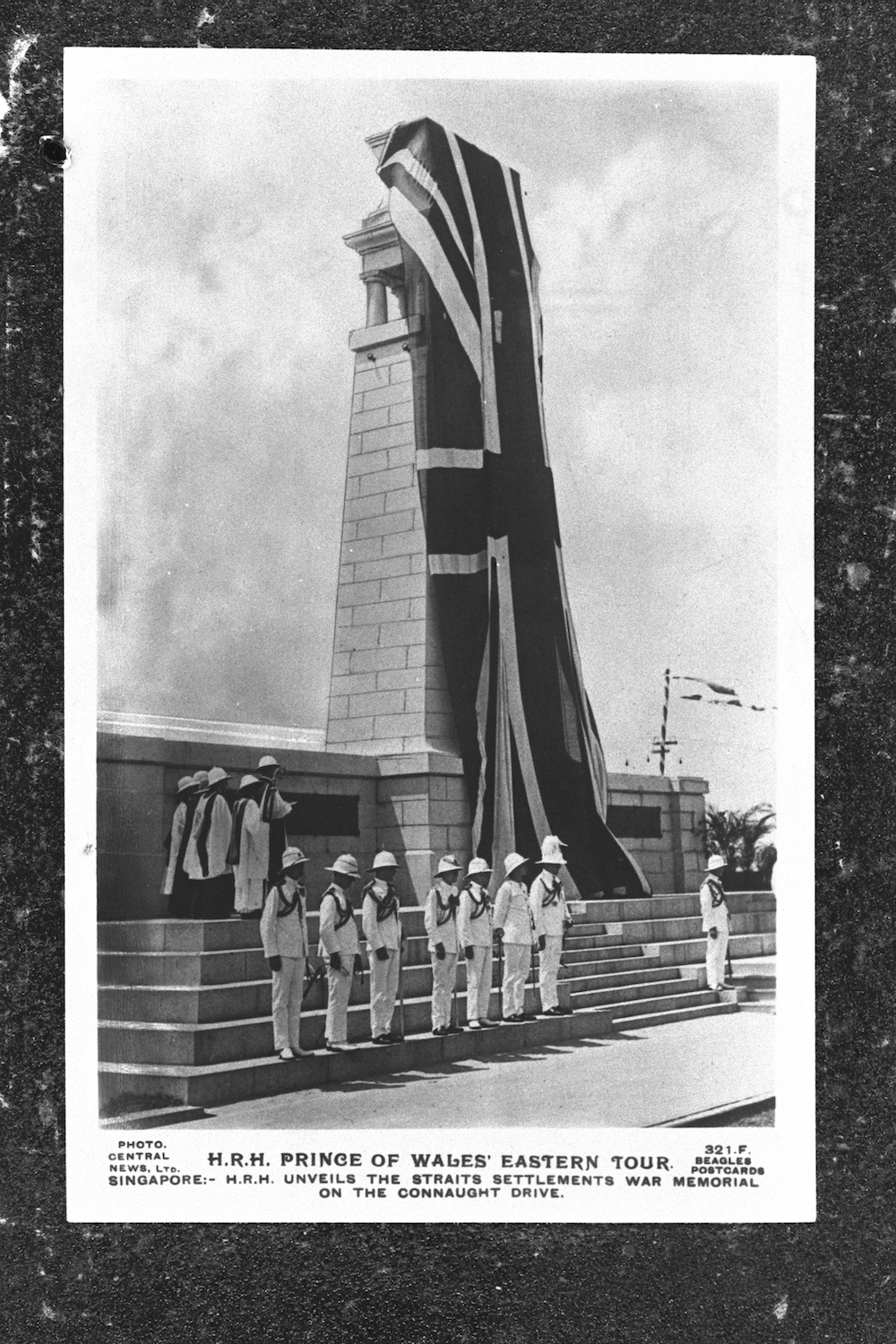
The memorial initially bore bronze plates inscribed with the names of 124 Straits Settlements residents who perished in the First World War. Following the Second World War, additional bronze plates were added to commemorate casualties from that conflict, broadening its significance.[5] Commemorative ceremonies traditionally took place on 11 November, known as Armistice Day until 1945, when it was renamed Remembrance Day to encompass both World Wars.
The post-war period saw the Cenotaph's role evolve to reflect Singapore's diverse community. From 1953, religious leaders from Singapore’s religious communities (at the time represented by the Muslim, Buddhist, Hindu, Jewish, and Christian faiths) began conducting prayers at the site.[6] By 1963, Remembrance Day observances were held simultaneously at both the Cenotaph and Kranji War Memorial.[7] The construction of nearby memorials—the Lim Bo Seng Memorial (1954) and the Civilian War Memorial (1967)—further enhanced the area's commemorative significance.
On 28 December 2010, the Esplanade Park Memorials, comprising the Lim Bo Seng Memorial, the Cenotaph, and the Tan Kim Seng Fountain, were collectively gazetted as a National Monument, cementing their historical importance in Singapore's heritage landscape.
3D Model of The Cenotaph
Notes
[2] Eaton, Clay. “A Cenotaph for Singapore”. Journal of the Malaysian Branch of the Royal Asiatic Society 88, no.2 (2015): 25-50.
[3] “Singapore War Memorial”. Straits Times, 16 November 1920.
[4] “The War Memorial”. Singapore Free Press and Mercantile Advertiser, 17 March 1922.
[5] “Cenotaph plan approved”. Straits Times, 21 July 1950.
[6] “Five religions at Cenotaph”. Straits Times, 9 November 1953.
[7] “Remembrance Day Parades to Honour the War Dead”. ST, 11 November 1963.




